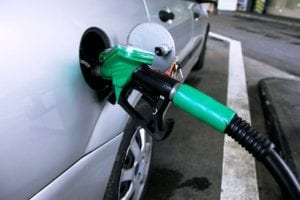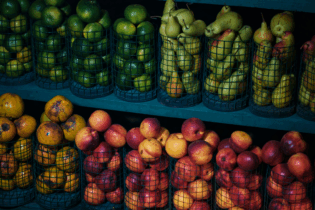South Africa consumes billions of litres of petrol each year. The prices of which are regulated by the government. Let us take a look at why such regulations are put in place and how these prices are structured. This should give a better understanding as to whether or not consumers are better off as a result of such regulations and how much effect the forces of demand and supply have on the final price. Are regulations even necessary?
The petrol price is constructed of many components of which shall be explained in a breakdown; however they can be placed under two main categories, international and domestic. The international element, more commonly known as the Basic Fuel Price (BFP) consists of factors outside of South Africa’s control and international fuel prices fluctuate from day to day. This is one main reason for the South African government placing regulations on the petrol price. It is to protect the South African economy and its consumers against the greatly fluctuating international oil prices. “As a significant input cost to the economy, the cost of liquid fuels will be kept as low as possible and be made available as widely as possible.” (Energy Policy of the Republic of South Africa, 1998, c. 7.4). Thus, domestic factors play their part in the reason for petrol price regulations as well. The government wishes to keep the wholesale and retail sectors of the petrol industry under control, so as to keep monopolistic prices at bay, so petrol will be available to as wide an audience as possible. The Central Energy Fund recalculates the petrol price on a monthly basis to keep it up to date and this new price is then put into effect on the first Wednesday of every month. As mentioned before the petrol price in South Africa is constructed of many different factors stemming from both international and domestic. The BFP is constructed of international factors, the largest component of which is the international market petroleum spot prices or Free-On Board (FOB) (SASOL, 2007). This is the price quoted by international fuel prices at the various locations from which South Africa purchases its fuel. The other BFP components consist of Freight costs, these are the huge costs involved in the actual shipping of the fuel. Provision must be made for insurance on millions of tons of fuel and an allowance for ocean loss. Then once the fuel reaches our shores there are cargo dues to pay to the Ports Authority of South Africa, as well as storage costs and stock financing, based on a storage time of 25 days. Then comes the domestic factors that all add on to the price. The transport cost is charged for the transport of the fuel from the costal port to the depot. This is done via road, rail or pipeline. This is why petrol costs more inland than coastal regions. Delivery costs are calculated for the delivery from the depot to the service station. There is also the wholesale margin, which compensates for the petroleum companies marketing, as well as the retail margin. The equalisation fund is primarily to cover fluctuations in the liquid fuel price. The government then of course adds tax onto the price and then another customs and excise levy, set by customs. When there is outstanding money owed to the oil companies a slate is added onto this structure. Finally, there is a tiny portion included in the petrol price structure for the Road Accidents Fund (RAF) this is used to compensate victims of road related accidents in South Africa. South African consumers as a whole are better off for the price regulations set by the South African government. The regulations safe guard the people against high fluctuations (as mentioned above) and allow petrol to be utilised by as many people as possible, not only the wealthy. Over the last seven years the price of petrol in the UK has roughly doubled, whereas here in South Africa the price has roughly quadrupled. That said, in a litre for litre price comparison the price of petrol in South Africa is still far cheaper than in the UK. Of course it is not possible for the government to completely ignore the international market prices but the regulations do smoothen out fluctuations so that consumers and businesses alike do not suffer a huge knock.The market forces of demand and supply play a huge factor in petrol pricing. Petrol’s main component is crude oil, making up about half of the petrol price. In South Africa and more important on a global scale, demand for crude oil is on a constant rise as countries are becoming more developed and the world population is increasing. So is the demand for oil. The earth does not have an infinite supply of oil, at least not at the rate we, human kind are consuming it. This, along with the fact that the oil producing nations of the world struggle to keep up with the increasing demand and many oil producing nations are experiencing political unrest, pushes up the petrol price more and more. Demand greatly outweighs supply. This is all in the long term.
However, in the short term whether supply is far more or far less than demand the market prices will, eventually, determine equilibrium between the two. These market prices will indicate to the producers that additional supply is needed or the price will cause a decrease in demand from consumers. An extravagant hike in price of 95 Octane is set to take place on Wednesday 5 September by the amount of 93c/l. This will effect consumers and business alike, pushing up the cost to fill up an average car by around R50. If this increase is here to stay it will have a blanket effect across other markets. These latest increase are due to international factors. Namely, hurricane Isaac effecting the Gulf of Mexico bringing US oil to a stand still. As a result, we the consumer across the globe, bear the brunt.







